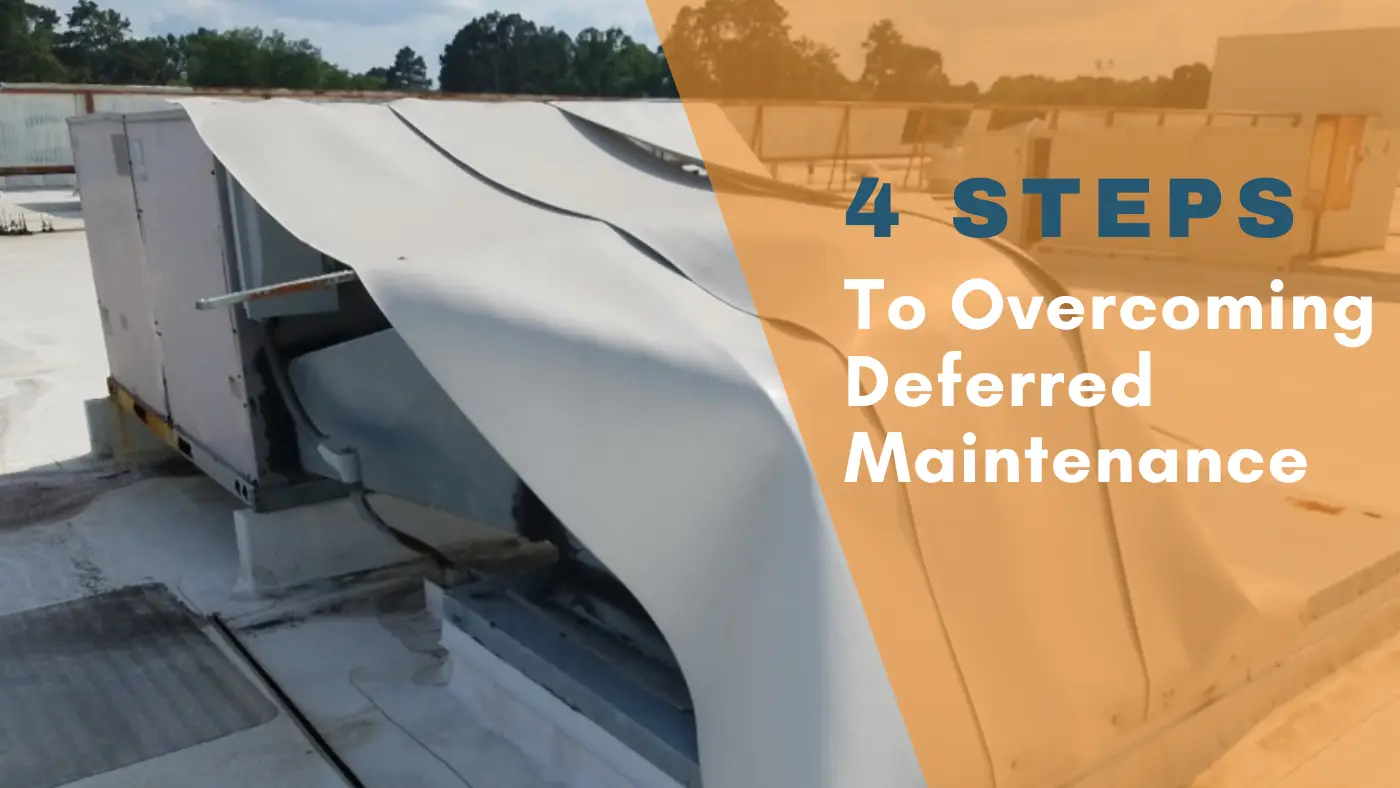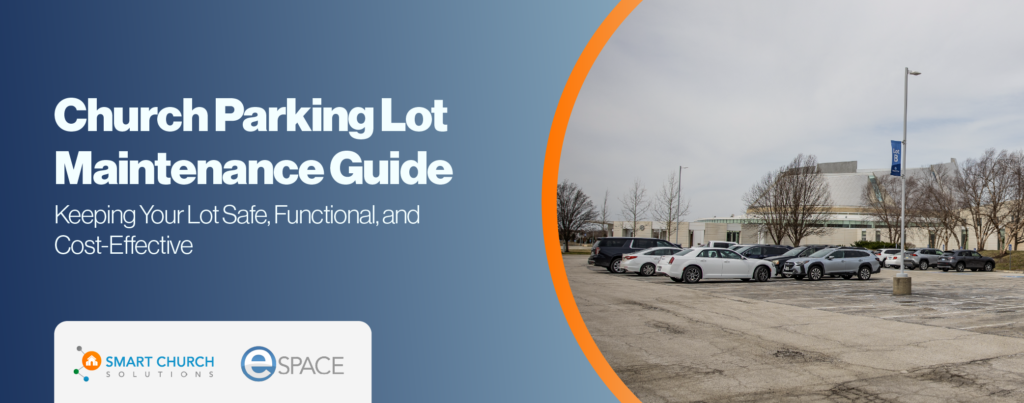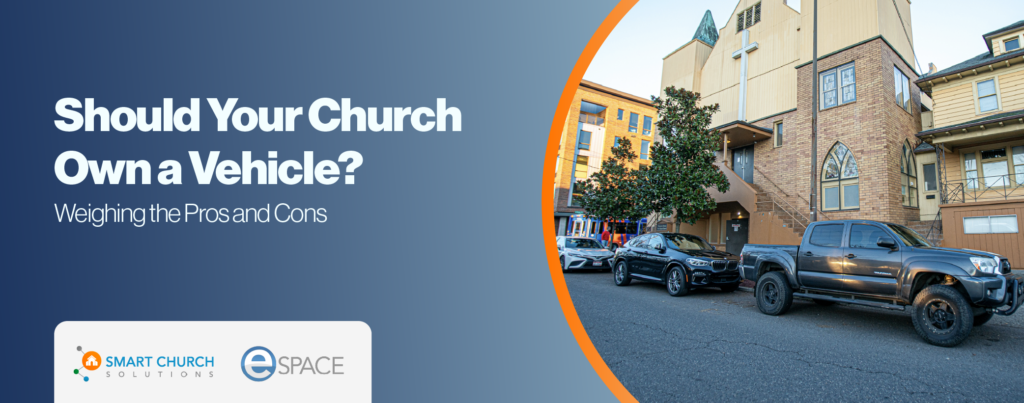With Halloween approaching, what better time to talk about one of the spookiest parts of poor facility management: deferred maintenance? In the paragraphs below, we’ll explore the keys to conquering the scariness of putting key maintenance operations off for the future.
1. Identify Your Deferred Maintenance
As we know, the first step in fixing an issue is to identify what the issue even is. If we can’t recognize a problem, how can we resolve it? Most churches lack understanding when it comes to their deferred maintenance issues. We get so busy with budgets, operations, repairs, etc., that we do not take the time to address these matters.
Or maybe you know there is a problem, but you don’t know what to look for. This is where a set of fresh eyes can be beneficial. You can hire a professional to evaluate your church facilities for you (hint: we offer this service at Smart Church Solutions). Or you can ask a professional unaffiliated to the church to walk the facilities and tell you what they observe. This will give you a list of items that need attention.
2. Provide Adequate General Maintenance Budgets
Over the last several years, we have done facility assessments for several million square feet of church facilities. The amount of deferred maintenance has been in the tens of millions of dollars. That is sad. The Church as a whole claims to be an organization focused on being good stewards. Yet, we allow our buildings to deteriorate under our feet.
Here’s why: General maintenance budgets are underfunded. There is not enough money in the budget to keep up with the natural rate of physical deterioration.
Kevin Folsom, former Facilities Director at Dallas Theological Seminary, says the following:
“There are numerous levels that can be used to go about this, but to start, we have to remember our early Physics lessons in high school about the 2nd Law of Thermodynamics. Everything we build will decay, but it may last longer if properly maintained. So, here’s a puzzling question…If we build facilities that the natural law causes them to decay at fairly predictable rates throughout its birth to burial, why do we not plan for it?”
In short, the best way to conquer deferred maintenance is to have a budget that addresses the natural decay and deterioration of your facility.
3. Properly Staff Your Facility Team
Along with having underfunded budgets, several churches are also understaffed. If you only have enough staff to address breaks or fix emergencies, how do you expect to stay abreast of the natural rate of decay and deterioration? Quick answer: You can’t. Based on national surveys by our firm and IFMA, we believe the number of facility staff for a well-run organization is one full-time facility staff employee for every 25,000 to 35,000 square feet. This is not for cleaning (that’s another story) but only for general maintenance.
4. Have a Properly Funded Capital Reserve Plan
Capital replacement is not an if consideration. It is a when and how much concern:
- You will have to replace every HVAC unit.
- You will replace all your carpet.
- You will need to replace your roof.
- You will have to resurface your parking lot.
To turn a blind eye to the need for a capital reserve fund is like telling God the laws of science and natural resources don’t apply to your church.
Therefore, if we were proactive with our operational budgets and capital reserves, there would be no deferred maintenance. In a perfect world, we would adequately fund our general maintenance budget to keep the building in the best physical condition possible. And we would have adequate capital reserves when approaching the end of the life of any facility component.
Tools for Conquering Deferred Maintenance Fears
Follow the steps above, and you can conquer the fears of spooky deferred maintenance. For more information on how you can properly budget and steward what God entrusted to you, download the Church Facility Budgeting ebook. Or, if you are ready to take the next step, schedule a Facility Condition Assessment with our team. Regardless of your needs, we are here to support you.








